What is Tiny10? How to install?
It's great that Windows 11 is feature-rich and a much more modern version of the operating system, although there are some UI inconsistencies that Rectify11 tries to fix. However, there's no escaping the sluggish Windows experience, especially if you're running a fairly old machine. Both Windows 10 and 11 are bloated with too many features, unnecessary apps, and redundant background services — that's where Tiny10 comes in. It's a lighter version of Windows 10 that takes up less space, works on computers with less memory, and is free of bloatware.
Learn everything about Tiny10 and how to install Tiny10 on any PC (both 32-bit and 64-bit) through the following article!
What is Tiny10?
Tiny10 is a stripped-down version of Windows 10 developed by NTDEV. The project aims to strip out all the unnecessary Windows components to eliminate bloatware and make the experience smoother. In fact, the developer claims that Tiny10 not only removes bloatware, but is also optimized from the ground up to reduce the overall size of Windows 10.

For example, if you install Tiny10 on a 32-bit system, it takes up only 5.2 GB of disk space compared to a native Windows 10 system, which takes up 22 GB of space. That's a 17 GB reduction in size, and it's significant. On a 64-bit system, Tiny10 takes up 10 GB of disk space. In terms of RAM, you can run Tiny10 on a 32-bit system with 1 GB of RAM and a 64-bit system with 2 GB of RAM. For comparison, a native Windows 10 installation will struggle to run on a system with 4 GB of RAM.
But how does Tiny10 do this? Testing Tiny10 showed that everything worked fine. All the core Windows system tools were available, including PowerShell , CMD, Disk Management, etc. Several applications, including Geekbench, Crystaldisk, ShareX, and games like CS:GO were also tested and everything ran without any issues. Functionally, it was pretty much the same as the original installation.

As for the apps, Tiny10 removes all the default apps like Image Viewer, Edge, Media Player, etc. Only Notepad and Wordpad are available on this barebones Windows 10 build. Tiny10 doesn't come with Microsoft Store or Windows Security.
There is no support for Windows Subsystem for Linux, but you can enable Hyper-V. There are two versions of Tiny Windows, Tiny10 and Tiny11. Tiny10 has been discontinued, but development of Tiny11 is ongoing.
Tiny10 is great, but it comes with risks. Running a lightweight Windows 10 on a low-end PC with little disk space and RAM is a dream for many, but it's not worth pursuing at the expense of your privacy and data security. That's where Chrome OS Flex comes in. While it doesn't yet support full Windows apps, it's the best lightweight option for older PCs.
Difference between Tiny10 and Windows 10
To start, Tiny10 is faster and more responsive than stock Windows 10. There is almost no bloatware because all unnecessary apps, services, and system components have been removed by the developer. Here is a comparison of the number of apps in the Start menu.
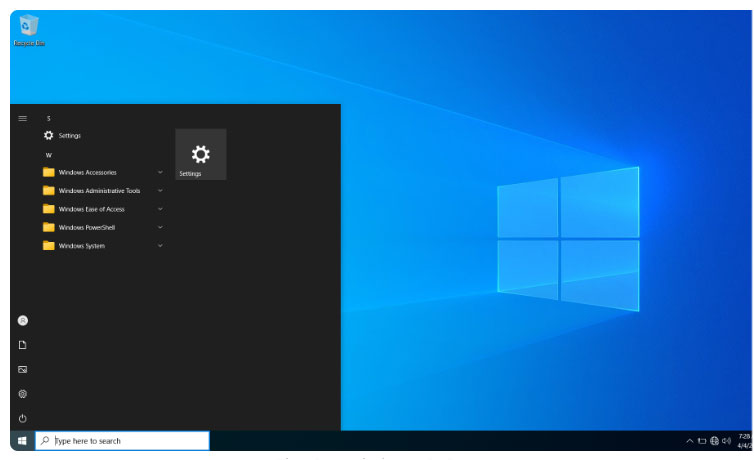
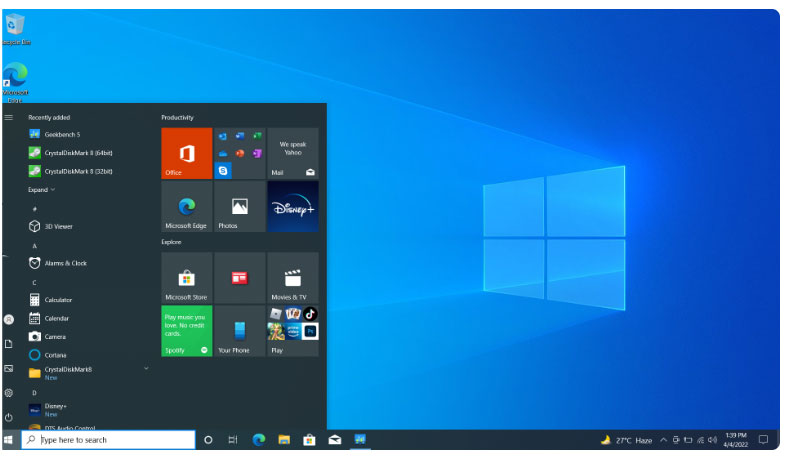
Compare Tiny10 and Windows 10 Start menu
Tiny10 also takes up very little disk space compared to Windows 10. On a 64-bit laptop, the Tiny10 installation took up just 10.5 GB of space, while Windows 10 took up 22.2 GB after a fresh install.
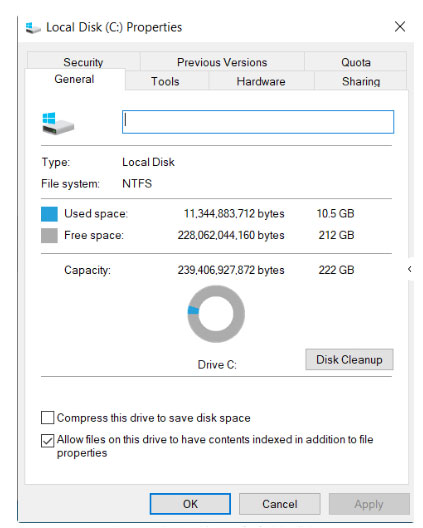
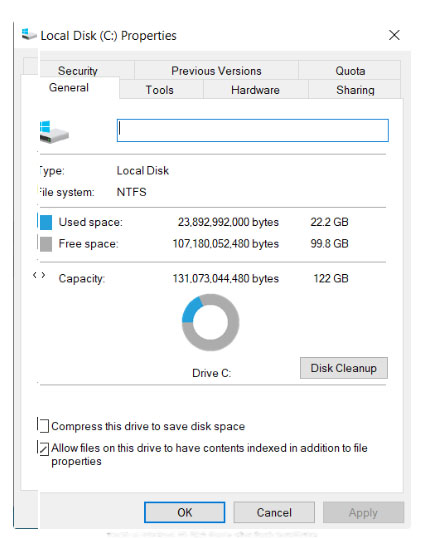
Disk space after installing new operating system
Tiny10's CPU and RAM usage were also closely monitored. Surprisingly, it only used 1% CPU and 1.6GB RAM while idle. Meanwhile, Windows 10 kept a tight rein on CPU usage but RAM usage was always above 2.5GB. Here's an overview of Tiny10 and Windows 10's Task Manager.
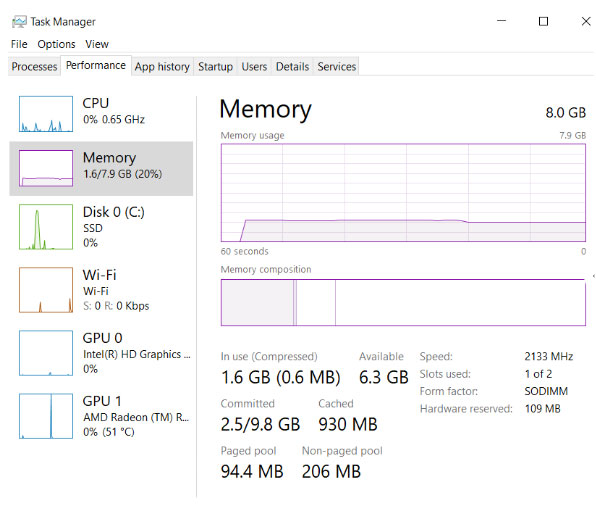
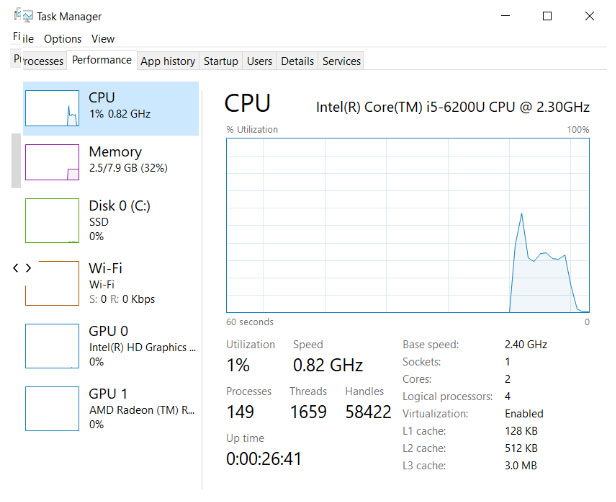
Tiny10 Task Manager vs Windows 10
Coming to some benchmark tests between Tiny10 and original Windows 10, here are some Geekbench and CrystalDiskMark results. In the Geekbench test, both operating systems have similar performance, but in the CrystalDiskMark test, it can be seen that Tiny10 can write data at twice the speed, probably because the drives are used by many different applications on original Windows 10.
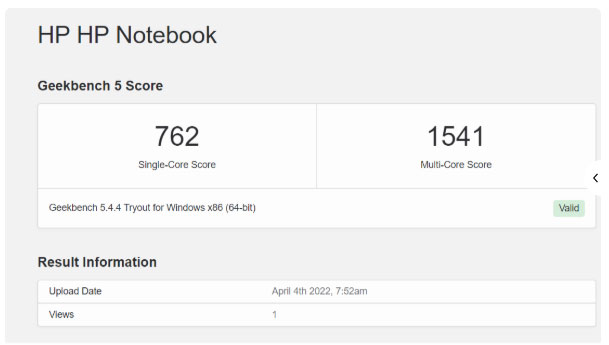
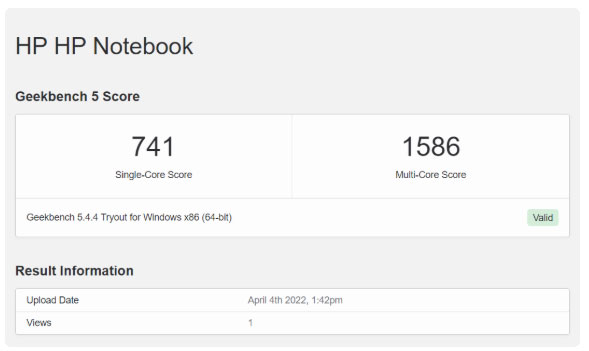
Tiny10 Geekbench score vs Windows 10
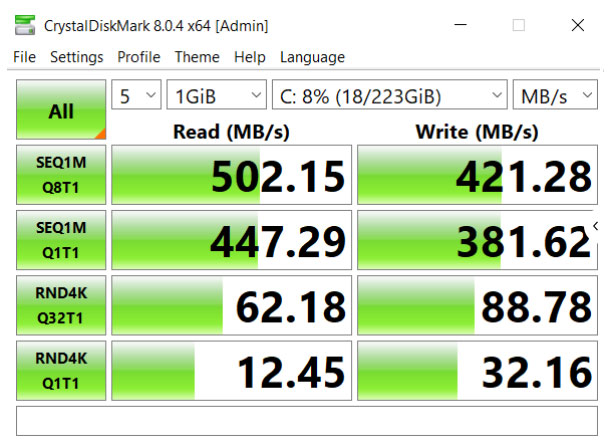
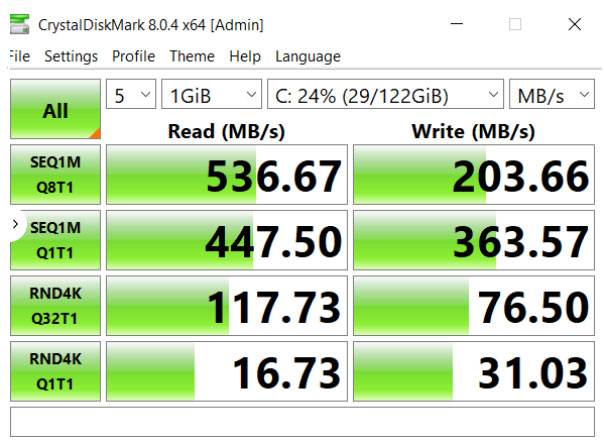
Tiny10's CrystalDiskMark test vs Windows 10
Finally, the author installed Steam and played CS:GO at high settings on Tiny10 and it worked quite well on a 6th generation i5 laptop. The result was around 20-30FPS, not much different from the original Windows 10 installation.
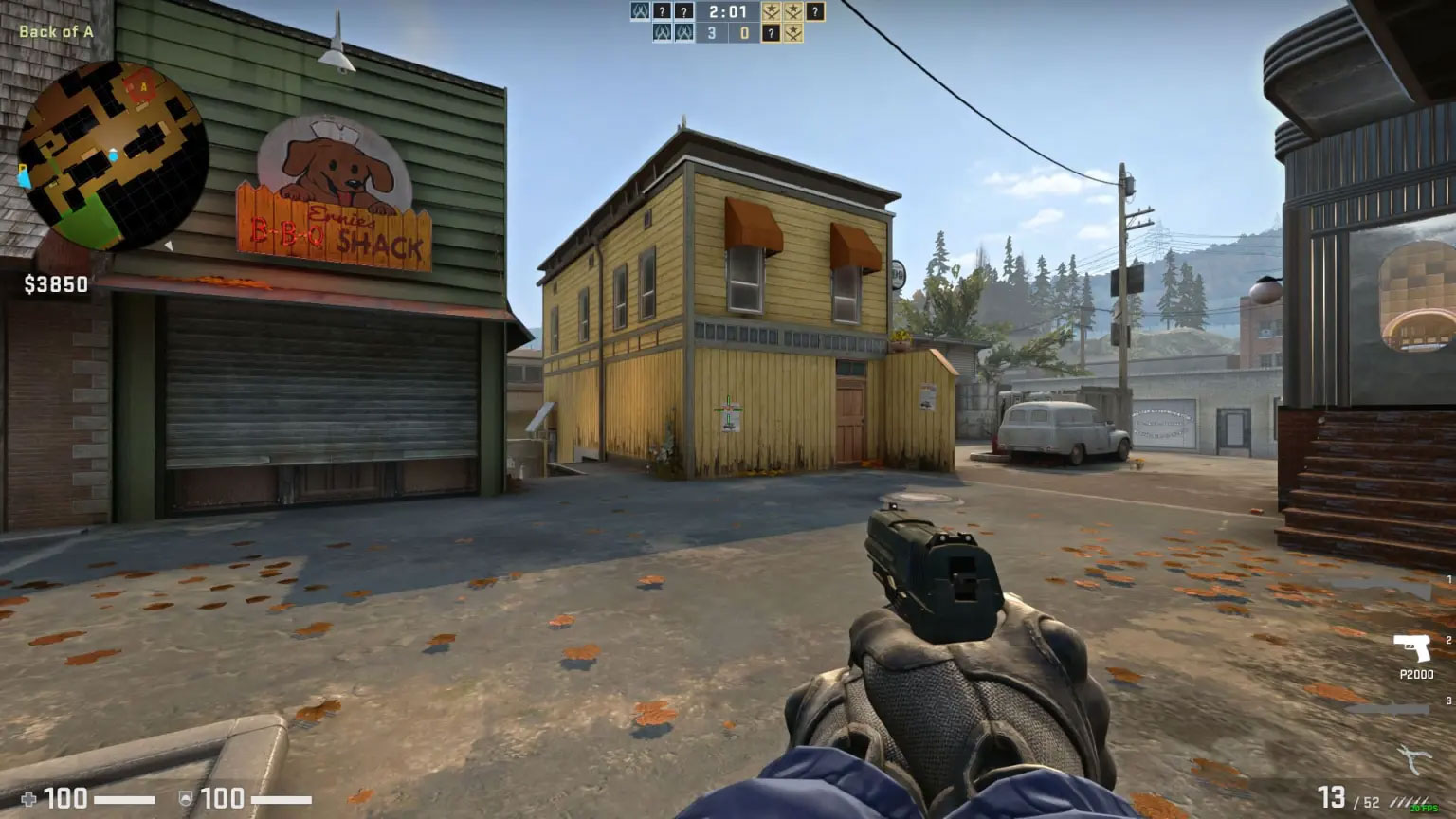
How to install Tiny10
- Download the Tiny10 ISO image based on your system architecture.
- Download Rufus to create bootable USB.
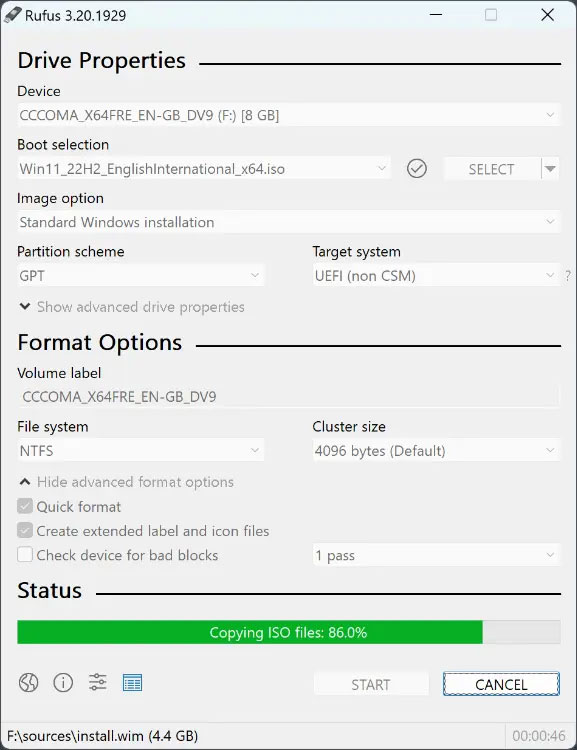
- Open Rufus, insert a USB drive of at least 16 GB, select the ISO image, and click Start . Make sure the file system is NTFS.
- While the flashing process is complete, download the browser as you don't get any browser in Tiny10.
- Next, plug the USB into the target PC and reboot. Once the PC reboots , press the key to boot option (must be one of the function keys, i.e. F9, F8, F7, F11, F12, etc.). Once you are on the boot selection screen, select USB and press Enter .
Note : If you don't know the boot key for your PC or laptop, search the Internet for the manufacturer or visit the manufacturer's website to find the answer.
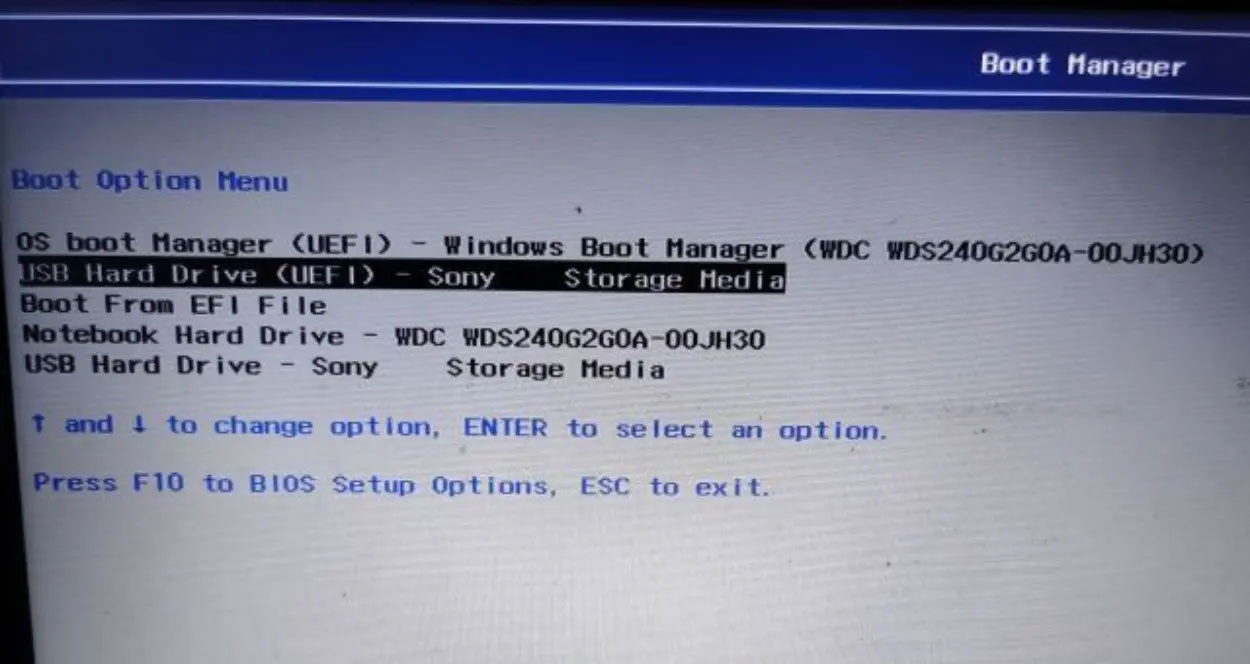
- Your computer will now load the Tiny10 setup window, similar to the Windows 10 setup window. Follow the on-screen instructions and select the drive you want.
- Finally, click Next to install the operating system. Once the installation is complete, you will boot into Tiny10.
First Impressions of Tiny10
Tiny10 can be used for a variety of tasks, from playing games like CS:GO to enabling Hyper-V and everything works as expected. CPU and RAM usage are kept under control. It is fast, stable and responsive.
The Start menu opens in a flash. There's no Bing search embedded in the search bar, so results are quick, there's no telemetry data in the background, and no weird services taking up 100% of your disk space. Overall, it's a smooth and pleasant experience. Tiny10Edit performs as advertised, but you still shouldn't use it as your primary daily operating system due to potential security concerns.
And that's all you need to know about Tiny10 and its installation process. Tiny10 supports 32-bit systems, which means older hardware can benefit from the project. Hopefully, Microsoft will release a lightweight version of Windows 11 in the future, as it would be a huge help to users with simpler hardware. If you want to remove the software and speed up your Windows 11 PC, follow this guide.
You should read it
- Installing Windows 10 Technical Preview on a virtual machine is available in Windows
- 4 lightweight browsers for Windows 10
- How to Install Windows 8.1
- How to install Windows Subsystem for Linux 2 on Windows 10
- What is Windows 10 S? How to install windows 10 s
- Install Windows 8 on USB to carry and use as needed
 How to remove yellow triangle warning on Windows C drive
How to remove yellow triangle warning on Windows C drive 9 Most Annoying Features of Windows 11
9 Most Annoying Features of Windows 11 Top free antivirus software for Windows
Top free antivirus software for Windows How to log in to Windows 11 without a Microsoft account
How to log in to Windows 11 without a Microsoft account How to Clean Windows in 10 Minutes That Anyone Can Do
How to Clean Windows in 10 Minutes That Anyone Can Do How to block apps from accessing messages on Windows 11
How to block apps from accessing messages on Windows 11